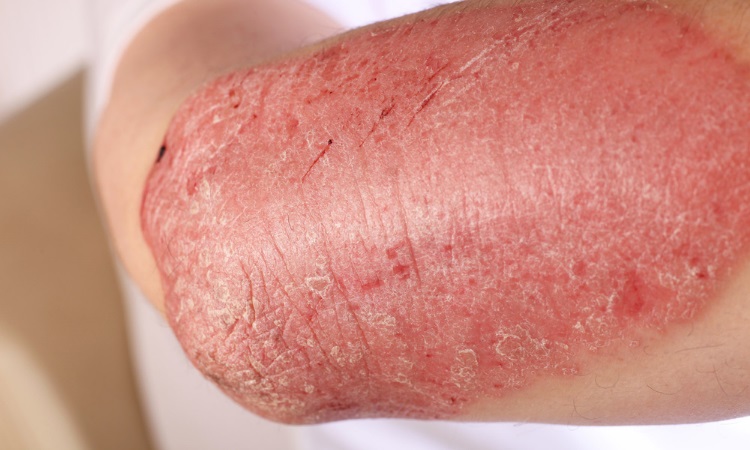Psoriasis refers to a group of autoimmune skin conditions where skin cells reproduce too quickly and cause lesions and skin problems. Severity varies from mild to severe, but even a mild case of psoriasis can become emotionally distressing if not treated.





